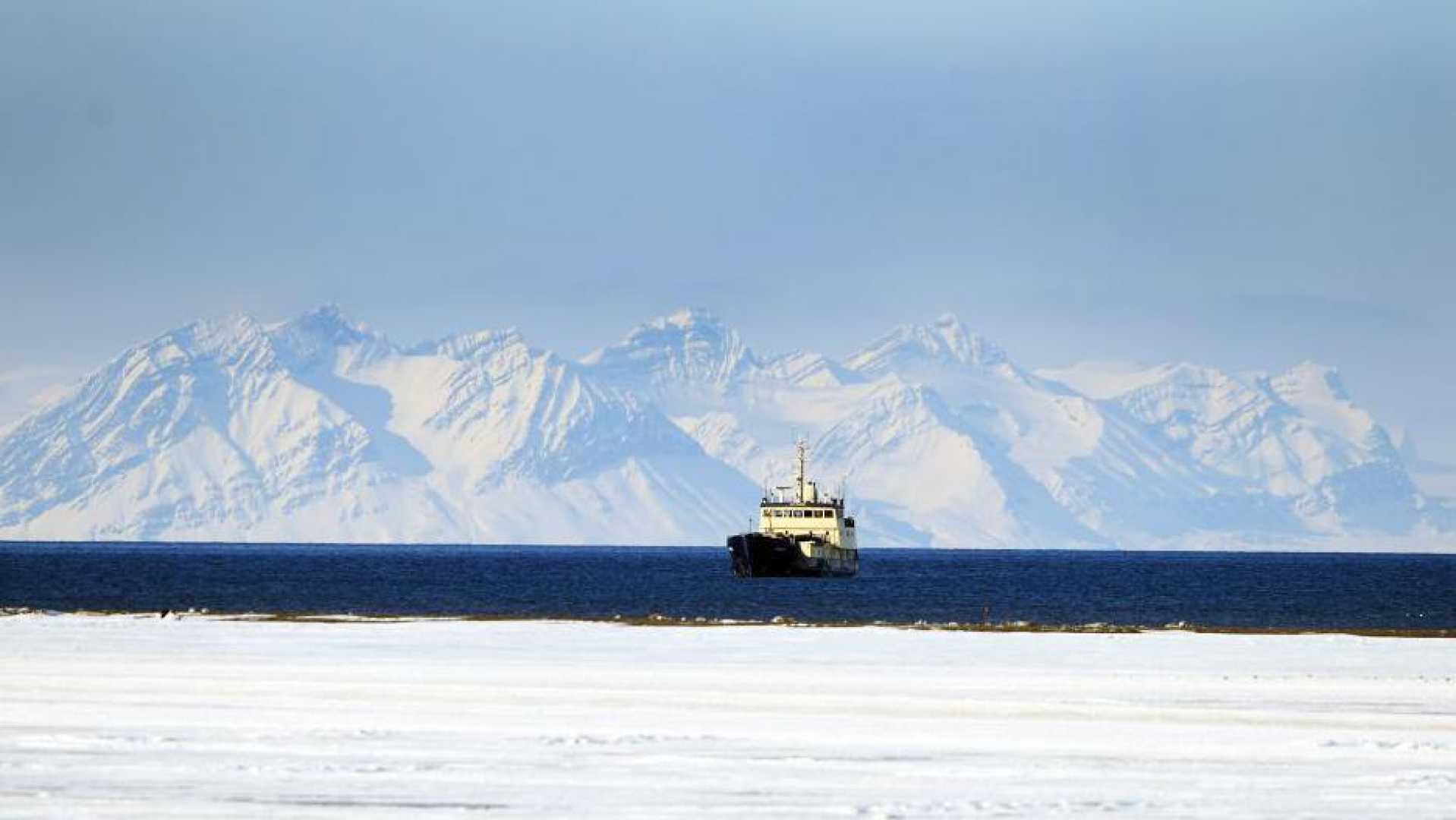World
Arctic Economic Development Stalls Amid Geopolitical Tensions

The Arctic, once seen as a frontier for economic opportunity, has seen its development grind to a halt amid geopolitical tensions and environmental challenges. The region, rich in minerals, hydrocarbons, and fishing stocks, has long been a target for nations and corporations seeking to exploit its resources. However, the fallout from Russia‘s invasion of Ukraine in 2022 and the harsh realities of operating in the polar region have significantly slowed progress.
Norwegian fisherman Sondre Alnes-Bonesmo, 30, works on the Granit, one of the largest factory trawlers fishing in Arctic waters north of Norway and Greenland. Despite the extreme conditions—endless darkness, temperatures below minus 40C, and violent storms—Alnes-Bonesmo and his crew continue their work. “I do like it when the weather is nice, as we’re not sent crashing into the walls and such, the way we are during storms, when the waves can be fairly big,” he said with a grin.
The so-called Arctic “cold rush,” a term coined in reference to the region’s untapped resources, began in earnest around 2008. Reports at the time highlighted vast mineral and hydrocarbon reserves, as well as large fishing stocks, which were expected to become more accessible as climate change reduced ice levels. However, the optimism surrounding Arctic development has waned in recent years.
Russia’s invasion of Ukraine in 2022 marked a turning point. “Russia had great plans in the Arctic,” said Morten Mejlaender-Larsen, Arctic operation and technology director at Norwegian firm DNV. “They began constructing regional rescue centers complete with ships and helicopters to facilitate both destination shipping for gas, oil, and coal projects in Siberia, as well as for shipping along the Northeast Passage. But since the invasion, international shipping in the Northeast Passage has all but stopped, apart from a few Chinese ships.”
Norway has also scaled back its ambitions in the Arctic. The country has halted oil and gas exploration in the Barents Sea north of Bear Island, a decision welcomed by environmental groups. Greenpeace recently praised the Norwegian government for rejecting deep-sea mining in Arctic waters between Norway’s Svalbard and Jan Mayen islands.
Helene Tofte, director of international cooperation and climate at the Norwegian Shipowners Association, noted that the outlook for Arctic shipping had been “exaggerated.” She pointed out that despite the impact of climate change, the Arctic remains a challenging environment. “Conditions in the Arctic can be extremely challenging, even when the absence of sea ice allows passage,” she said. “Large parts of the route are far from emergency response capacities, such as search and rescue, and environmental clean-up resources.”
Prof. Arild Moe of the Fridtjof Nansen Institute, a Norwegian research group, echoed this sentiment. “The exuberance was excessive,” he said. “What the reports from 2008 referred to weren’t actual reserves, but potential and highly uncertain resources, which would be risky, expensive, and difficult to locate and exploit.”
Meanwhile, former U.S. President Donald Trump‘s repeated interest in purchasing Greenland has been met with resistance. Authorities in Greenland and Denmark have consistently rejected the idea, emphasizing that the territory is not for sale. Prof. Moe described Trump’s approach as “crude and undiplomatic,” noting that the U.S. under Trump viewed Greenland as both a security and economic interest due to its rich mineral resources.
Despite the challenges, some development continues. Canada is advancing plans at Grays Bay, located on the north coast of Nunavut, while the U.S. has increased oil and gas exploration in Alaska‘s Arctic National Wildlife Refuge. However, the future of Arctic development remains uncertain, with geopolitical tensions, environmental concerns, and the harsh realities of the region posing significant obstacles.
For Alnes-Bonesmo, the Arctic remains a place of both danger and beauty. “After a few years at sea, I’ve grown more scared of the Arctic Ocean, but I’ve also come to respect and value it for all its power and beauty,” he said.












